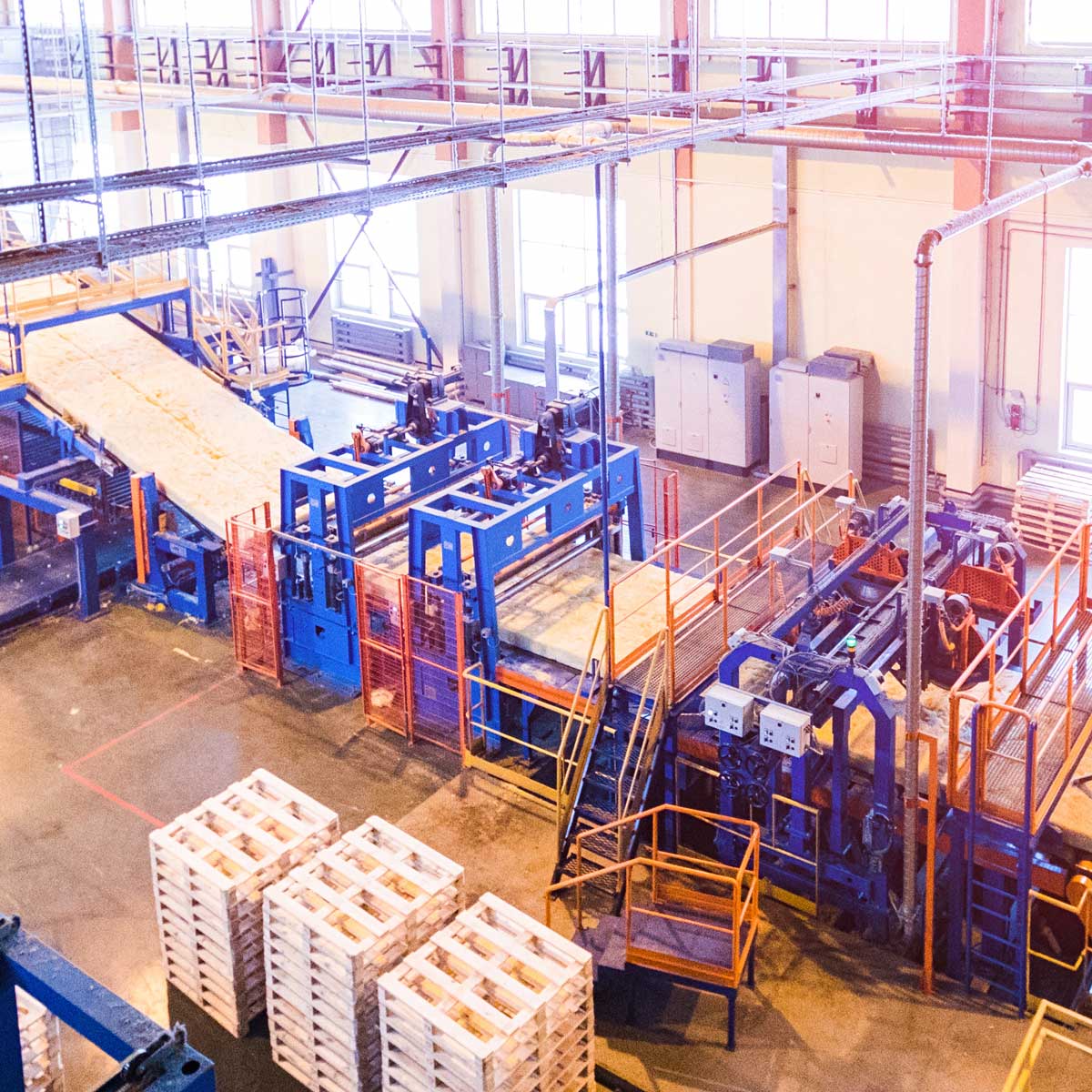This website uses cookies so that we can provide you with the best user experience possible. Cookie information is stored in your browser and performs functions such as recognising you when you return to our website and helping our team to understand which sections of the website you find most interesting and useful.
Inflation, Inflation, Inflation: Is Now the Time to Consider LIFO?

INFLATION
INFLATION
INFLATION
Are you a manufacturer or distributor facing higher prices this year? Whether due to supply chain issues, product shortages, tariffs or all of the above, many businesses are experiencing significantly higher prices this year. If you have encountered this issue, you might look into something akin to an interest-free loan from the government to help with your strained working capital. Please note that it is uncertain when or if this loan needs to be repaid, and the amount of the loan could increase with future inflation. When inflation kicks in, pushing your costs ever higher, consider an old but not forgotten accounting method that helps turn lemons into lemonade. When prices go up, it is time to evaluate the benefits of the LIFO (last-in, first-out) inventory method.
Supply Chain Issues
The COVID-19-related disruption in supply chains across the U.S. and around the world has not only reduced the availability of resources but has also spurred an increase in the average unit cost of items. The significant increase in freight charges has also contributed to a rise in the price of goods, especially imported goods. Aluminum and steel prices have soared this year. For the trailing 12 months through July 2021, consumer prices rose 5.4%. Every month since the third calendar quarter of 2020 (except in May 2021) has shown a gradual increase in the consumer price index (CPI), and there seems to be no respite in the steady rising prices.
LIFO Background
LIFO is an alternative inventory valuation method to the traditional first-in, first-out (FIFO) method. The LIFO method assumes the most recently purchased items are sold first. As a result, the inflationary impact of the inventory is deducted from taxable income and removed from the balance sheet. The inflationary impact is recorded as an inventory reserve, which continues to grow with the annual inflation on a company’s product costs. Note: An inventory valuation method such as LIFO is a costing method used to calculate a company’s cost of goods sold and inventory value on the balance sheet. It does not reflect the actual physical flow of goods.
Tax Benefits of LIFO
The primary benefit for a business to change to LIFO is the current tax savings it produces. LIFO allows businesses to deduct the most recent higher costs of purchased inventory against their current sales. LIFO matches current sales with the current costs of those sales. If inflation triggers higher product costs, the cost of goods sold is increased under LIFO – this creates a higher cost-of-goods-sold deduction and, thus, lower taxable income. This tax benefit is, in effect, an “interest-free loan” from the government. Even businesses in industries that generally see a small amount of inflation, the tax savings from LIFO grow every year.
As with most tax-savings opportunities, it is important to realize that the tax savings created by adopting LIFO during an inflationary period represent a deferral of income and the corresponding tax on this income. If inflation vanishes, product prices decline or if the inventory is liquidated, the deferred income from LIFO is recognized and the related tax paid. These tax savings generated over the years would be repaid, but at no interest charge.
The LIFO inventory method has been around for many years with companies using it to defer significant amount of taxes, especially during times of higher inflation. Potential tax changes are on the docket in Congress, so it is important for businesses using LIFO to monitor proposed legislation.
LIFO Considerations
Any company considering LIFO should analyze the following:
- Explore the LIFO benefits. An analysis of potential first-year LIFO savings can be done for little cost, simply based on the business’s current FIFO inventory amount and its general product description. The estimated LIFO tax savings may show whether the tax savings will exceed the costs of adopting LIFO and if the business is a good LIFO candidate.
Higher product prices in certain industries may generate a sizable LIFO benefit. Companies already using LIFO should look at the impact of higher inflation in 2021. For companies not using LIFO, with higher prices in 2021 for many products, this may be the year to investigate LIFO. Again, the higher the inflation, generally, the larger the tax savings from LIFO. Please complete the form at the bottom of the page to request a LIFO estimate. - Alternative LIFO methods. There are several methods within LIFO to choose from. One commonly used method is the inventory price index computation (IPIC) method. The IPIC method reduces complexities, as it measures inflation based on published indices maintained by the Department of Labor’s Bureau of Labor Statistics (BLS). The inflation is determined by the BLS indices instead of measuring inflation based on actual product costs of a business. The IPIC method sometimes results in higher inflation than a company is experiencing internally. IPIC is also the preferred LIFO method of the IRS.
- Adopting the LIFO method. LIFO is different from other types of accounting method changes. In fact, it has its own unique form (Form 970) to adopt and its own set of rules. Two key items to note when implementing LIFO:
- First, the adoption of LIFO can be made up through the tax return’s extended due date. Therefore, adopting LIFO is a tax benefit that can be realized even after the tax year is closed. But once that extended due date has passed, a company cannot go back and adopt LIFO for a prior year to recognize previous years’ inflation.
- Second, a business using LIFO for tax purposes must also use LIFO for book purposes. This is referred to as the “conformity requirement.” Often, this conformity causes companies to hesitate in implementing LIFO, as they are accustomed to a different inventory method – often FIFO. Again, with rising prices, LIFO will show lower taxable income (and save taxes), but it will also show less income on the company’s financial statements. Bank covenants may, as a result, need to be revised so the lower income from LIFO and corresponding lower inventory amounts on the balance sheet are understood by all parties. The company can still provide FIFO-based information in the footnotes to its financial statements. This is the time of year to start addressing these steps if you are considering adopting LIFO.
- LIFO may not make sense in every situation: Conduct a detailed cost-benefit analysis. There are certain costs to adopting LIFO. These often include added costs with the taxpayer’s tax return in the year of change and for future years’ LIFO calculations. As noted, the business must also be willing to use LIFO for financial statement purposes.
While LIFO can be adopted up to the tax return filing date, plan ahead so there is time for the information to be gathered, the analysis completed and the LIFO impact communicated with all interested parties. - An example of a company using the LIFO method. ABC Widgets, Inc. manufactures rivets and other metals parts and maintains an inventory level of $10 million. It currently utilizes the FIFO inventory method of accounting. For the current year (year of adopting LIFO), the inflation within its inventory items is 8%. If ABC adopts the LIFO inventory method for the current year, it could see a LIFO reserve of approximately $800,000, which would in turn reduce its taxable income for the year by $800,000. This would save the company roughly $240,000 in taxes. If ABC then experienced inflation of 6% in the following year, it would realize an additional tax savings of $180,000 for a total tax savings of $420,000 in the first two years of LIFO.
Key Takeaways
It is important for taxpaying manufacturers and distributors to act now and measure their potential LIFO savings. While there are complexities to address in switching to LIFO, the tax savings make this exercise well worth it. Please contact your Sikich advisor with any questions or for assistance in evaluating the LIFO inventory method.
This publication contains general information only and Sikich is not, by means of this publication, rendering accounting, business, financial, investment, legal, tax, or any other professional advice or services. This publication is not a substitute for such professional advice or services, nor should you use it as a basis for any decision, action or omission that may affect you or your business. Before making any decision, taking any action or omitting an action that may affect you or your business, you should consult a qualified professional advisor. In addition, this publication may contain certain content generated by an artificial intelligence (AI) language model. You acknowledge that Sikich shall not be responsible for any loss sustained by you or any person who relies on this publication.




